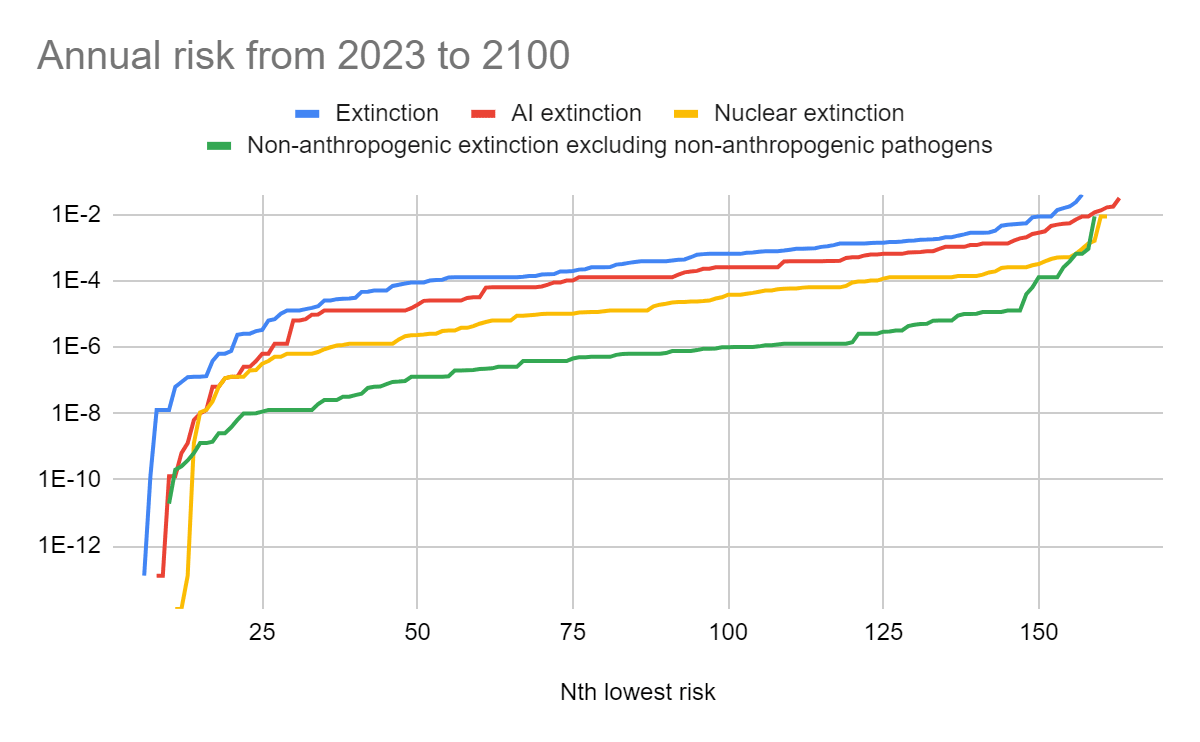Podcast is now live, here.
I'll be interviewing Allan Saldanha on Tuesday December 10th. I'll release a podcast version of the interview and a transcript a few days after we record. Leave a comment here if you'd like me to ask Allan a question on your behalf!
A message from Allan:
My name is Allan Saldanha, I’m a 47 year old compliance testing manager at an investment bank and I’m married with a wife and twin 16 year old boys.
I have been a Giving What We Can member since 2014.
In my first year after taking the pledge, I gave away 20% of my income. However I had been able to save and invest much of my disposable income from my relatively well paid career before taking the pledge and so had built up strong financial security for myself and my family. As a result, I increased my donations over time and since 2019, have given away 75% of my income.
Since taking the pledge- I’ve earned £1.2m and given away 60%. I’m full of admiration for the many young GWWC members who have taken the pledge as students or early in their working lives without any significant savings, and their generosity has also motivated me to increase my donations.
Initially I made all my donations to anti-malaria and deworming charities, however when I read about the scale of wild animal suffering I started donating to animal welfare charities. I have also donated to the EA infrastructure fund and EA organisations.
However when I read that Toby Ord and other experts believed there was a 1 in 6 chance of complete extinction of human life in the next 100 years I was shocked and decided that I should give almost all my donations to longtermist funds.
I currently split my donations between the Longview Philanthropy Emerging Challenges Fund and the Long Term Future Fund- I believe in giving to funds and letting experts with much more knowledge than me identify the best donation opportunities.
The best article I’ve seen on earning to give is this forum post by AGB.
I’m happy to take any questions on Earning to Give although I don't think I’d have many insights on picking good donation targets.
Some topics you might want to ask about:
- How Allan first got into giving.
- What helps Allan stay motivated after over a decade of giving.
- How Allan decides where his money goes.
I'll ask a bunch of my own questions as well, if there aren't enough for an hour-long interview here. Thanks all!




Here it is. Still uploading to spotify etc... I think. I'll link it when it's done.